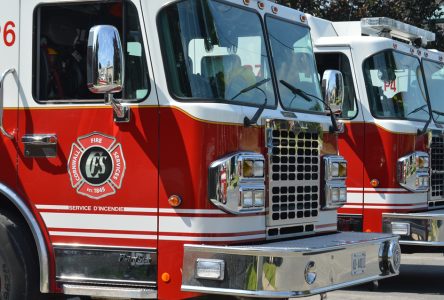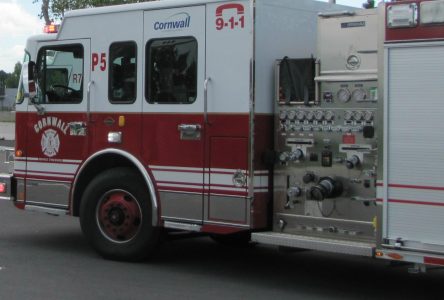While the holidays are a time of happiness and family gatherings for many, they are also a time of the year when drug use tends to increase. The Eastern Ontario Health Unit (EOHU) is therefore reminding all individuals who use drugs to take precautions such as not using alone to avoid a life-threatening overdose.
Overdose prevention tips
The best way to prevent an overdose is to avoid drugs or counterfeit medications altogether. However, if you use drugs, or know someone who uses drugs, taking the following precautions will help lower the risk:
- Never use drugs, especially opioids, alone.
- If you’re using with a group of people, not everyone should be using at the same time. One individual should be tasked to check on the group.
- If you’re going to use alone, call the NORS (National Overdose Response Service) at 1-888-688-6677. A non-judgmental peer will stay on the line with you for approximately 30 minutes to provide support if needed.
- Make sure you have a naloxone kit with you, and check that it isn’t expired. A naloxone kit can help reverse the effects of an opioid overdose.
- Don’t mix drugs.
- Be aware of changes in tolerance, such as after a period of non-use.
- Take a test dose and wait before taking more of the drug.
- Use only new drug equipment and avoid sharing supplies to reduce your risk of getting or passing on an infectious disease.
“My message to individuals who use drugs is this: with the unpredictable quality of drugs, anyone can overdose. Fentanyl is being cut into both opioid and non-opioid drugs,” says Dr. Paul Roumeliotis, Medical Officer of Health at the EOHU. “I’m therefore urging all individuals who use drugs not to use alone, and to have a naloxone kit on hand at all times.”
To learn more about naloxone overdose prevention kits and where you can find them, visit the Fentanyl page of the EOHU’s website at www.EOHU.ca, or visit www.ontario.ca/naloxone.
Signs of an opioid overdose
Opioids such as fentanyl slow down the part of the brain that controls breathing. During an overdose, they can cause someone to stop breathing altogether. Individuals having an opioid overdose will display one or more of the following signs:
- They may be nodding off, not waking up easily, or unresponsive.
- They may be breathing very slowly or not at all.
- Their lips and fingernails may be blue/grey.
- Their skin may be cold and clammy.
- Their body may be limp, possibly very tense or they may be shaking.
- They may be snoring or gurgling.
- They may foam at the mouth or throw up.
If you witness an overdose, it is essential to contact 911 as soon as possible. A naloxone kit alone may not be enough to reverse the fatal effects of opioids and medical attention may be required. As time is critical, naloxone can be administered while you wait for emergency services to arrive. The Good Samaritan Drug Overdose Act can provide legal protection for individuals that seek emergency help during an overdose.


